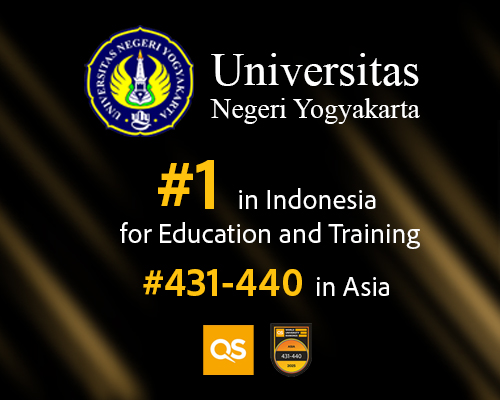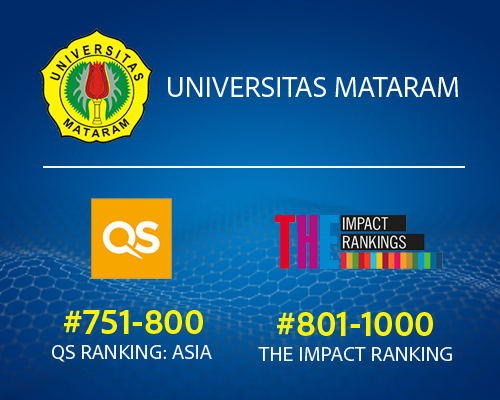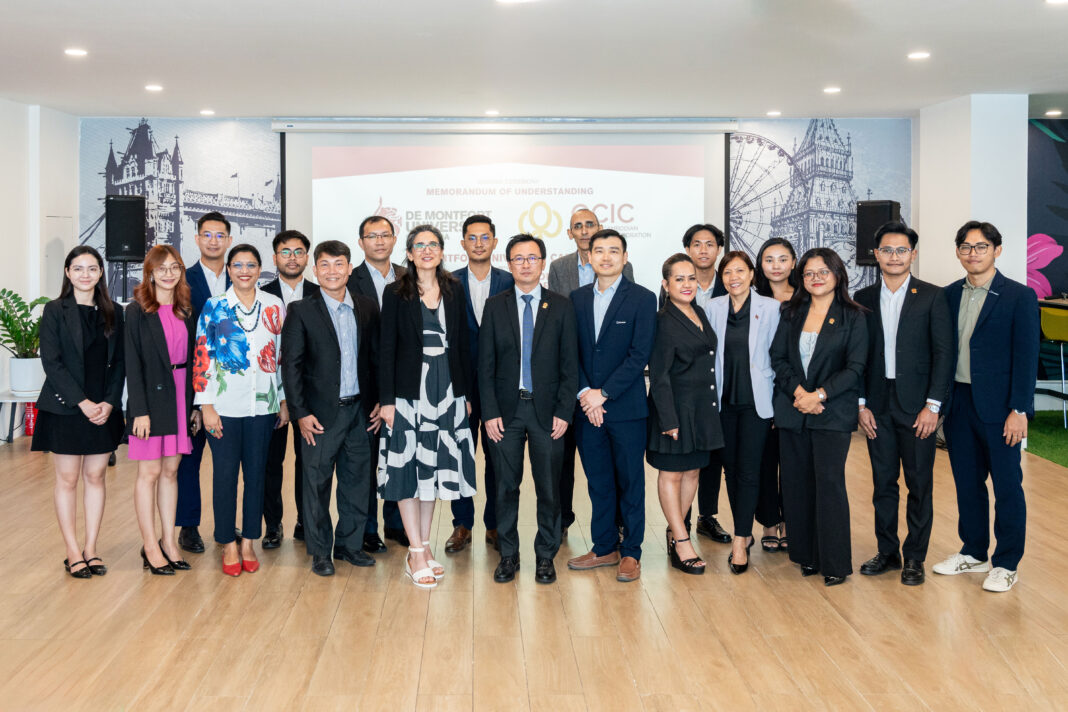You step off the plane in Kuala Lumpur, one of thousands of international students choosing Malaysia over traditional study destinations. The numbers tell a remarkable story of reversal—a country that once sent its brightest minds abroad now welcomes them from across the globe. What was once outbound traffic has become a powerful inbound surge.
# International Students Flock to Malaysia as Demand Surges
## Catalyst
The transformation began with deliberate government action and institutional reform. According to Novie Tajuddin, chief executive officer of Education Malaysia Global Services, an entity under the Ministry of Higher Education managing international student services and visa facilitation, the Southeast Asian country has witnessed a remarkable 26% rise in international student applications over the past two years.
“There was a time that in a month [when] our team processed about 14,000 to 15,000 applications, especially in July, August, and September, for the September intake,” stated Tajuddin, while speaking at The PIE Live Asia Pacific 2025‘s How Malaysia is quietly becoming a major education destination panel.
Meanwhile, the processing efficiency became a cornerstone of this strategy. “Upon receiving complete documents from universities, we can process applications within 14 working days, that is our charter, but we have even done it in eight to 10 days,” added Tajuddin. He explained that around 40 immigration officers are taking care of the processing of visas for international students coming to Malaysia, streamlining the procedure for universities, the immigration department, and agents.
## Rising Action
The irony of Malaysia’s position became clear through recent data. As per a 2024 Acumen report, over 50,000 Malaysian students studied abroad in destinations like Australia, Japan, and China—the same Asia-Pacific countries Malaysia now sees as key in its bid to attract 250,000 international students.
However, the traffic of students flows both ways. As per data from EMGS’s official website, in Q2 2025 (April-June), Malaysia received 12,469 student applications from East Asia, followed by South Asia (8,046), the Middle East and North Africa (4,990), Southeast Asia (4,682), Africa (2,560), Central Asia (1,013), and other regions (1,534).
Surprisingly, while 10,947 of these applications came from China, the rest of the top five were Bangladesh (4,159), Indonesia (2,194), Pakistan (1,412), and India (1,388). This shift reflected global education trends as Chinese student numbers dipped in countries like the US and UK due to concerns over cost and growing regional options.
“We have the Malaysia Qualifications Framework to ensure global standards, and the Malaysian Qualifications Agency empowers and enforces this quality—a very tedious but necessary process,” stated Mohd Azizuddin Mohd Sani, deputy vice-chancellor, Universiti Utara Malaysia, who was also part of the panel.
## Turning Point
The breakthrough came through quality assurance and strategic positioning.
“If I’m not mistaken, last year Malaysia approved about 20,000 students from China, and we expect similar numbers this year and next”
Mohd Azizuddin Mohd Sani, Universiti Utara Malaysia
“Because of this, you can see Malaysia rising in rankings like THE and QS. This traction is attracting students from everywhere, especially China. We’re also seeing more students from Bangladesh and the Middle East,” added Azizuddin, noting that Japan’s weakening yen has also driven many students to study in the Southeast Asian nation.
Earlier this year, at the 10th annual EURIE conference, Tajuddin acknowledged that Central Asia and Africa hold the biggest potential for growth in international student applications to Malaysia. However, another South Asian giant captured Malaysia’s strategic attention.
“The biggest potential is India because the market is huge. The total number of higher education students in India is about 45 million. You just need 1%, maybe 1.5% or 2%, to bring to your country, depending on your strategy,” stated Tajuddin.
Such ambitious thinking led to transnational education as a means to achieve the international student target of 250,000 as early as 2030. “We need different strategies for different people. If we make Malaysia an education hub, parents can send students to study in India, Indonesia, or elsewhere by going through Malaysia. That’s important,” he explained.
### Building Strategic Partnerships
“Branch campuses are part of the government’s strategy, integrated into the 10-year plan from 2025 to 2035, working closely with both private and public universities,” Tajuddin noted. While Asian countries such as India and Kazakhstan have recently made headlines as attractive destinations for IBCs, Malaysia has been a hotspot since the mid-1990s after opening its market to greater foreign direct investment and globalisation.
Institutions such as Monash University, University of Nottingham, University of Reading, Xiamen University, and Tsukuba University opened in the past two to three decades, leading Malaysia to often being seen as a successful TNE model, especially for the UK.
Furthermore, Malaysia is increasingly courting Australia to join its broader strategy, as public universities there remain eager to develop degrees, student exchanges, and more. “By having joint degrees, joint programmes, and such collaborations, we can increase the number of Malaysian students going to Australian universities, and at the same time, the number of Australian students coming to ours,” said Md Amin Md Taff, vice-chancellor, Universiti Pendidikan Sultan Idris.
## Resolution
The comprehensive approach yielded tangible results through policy innovation. Malaysia’s Graduate Pass, a post-study work visa option effective from December 2023, along with a fast-track International Student Arrival Centre (ISAC) and a centralised admissions system, gained strong attention from stakeholders worldwide.
“Malaysia has opened its post-graduate visa to 32 countries, including Australia, allowing graduates to work in Malaysia for one year after completing their degree, master’s, or PhD, a provision that wasn’t available before,” stated Tajuddin. “Every Malaysian university has an industry relations officer working on placements, and internships have been shifted to the end of the semester.”
This strategic timing created opportunities for deeper engagement. “This allows, for example, Australian students in their final year to intern for six months, then work for another year, gaining 1.5 years of experience before returning home,” Tajuddin explained.
Additionally, the presence of multinational companies strengthened Malaysia’s value proposition. “Just recently, Infineon announced it is coming to Kedah, establishing one of their industrial hubs with an investment of about AUD$10 billion,” stated Amin. “I’m sure there is a need for professionals, and this is an area where we can work with the government to support our students and graduates.”
### Navigating New Challenges
Nevertheless, growing success brought new considerations. Just in June 2025, Malaysia implemented a new expanded sales and service tax for private education services for international students, set at 6% if tuition fees exceed RM60,000 (£10,500) per student per year.
Though the British Council issued a statement on how the SST could affect UK TNE programs, especially those run with private local partners, institutions began exploring creative solutions. “If we bring more students, maybe the university can absorb the SST, so this is where we’re looking towards having a close discussion with our partners,” noted Amin.
As Malaysia continues this remarkable journey from student exporter to education destination, the country demonstrates how strategic vision, operational excellence, and adaptive policy-making can reshape entire sectors. The next chapter promises even greater ambitions as this Southeast Asian nation positions itself at the heart of global higher education mobility.






